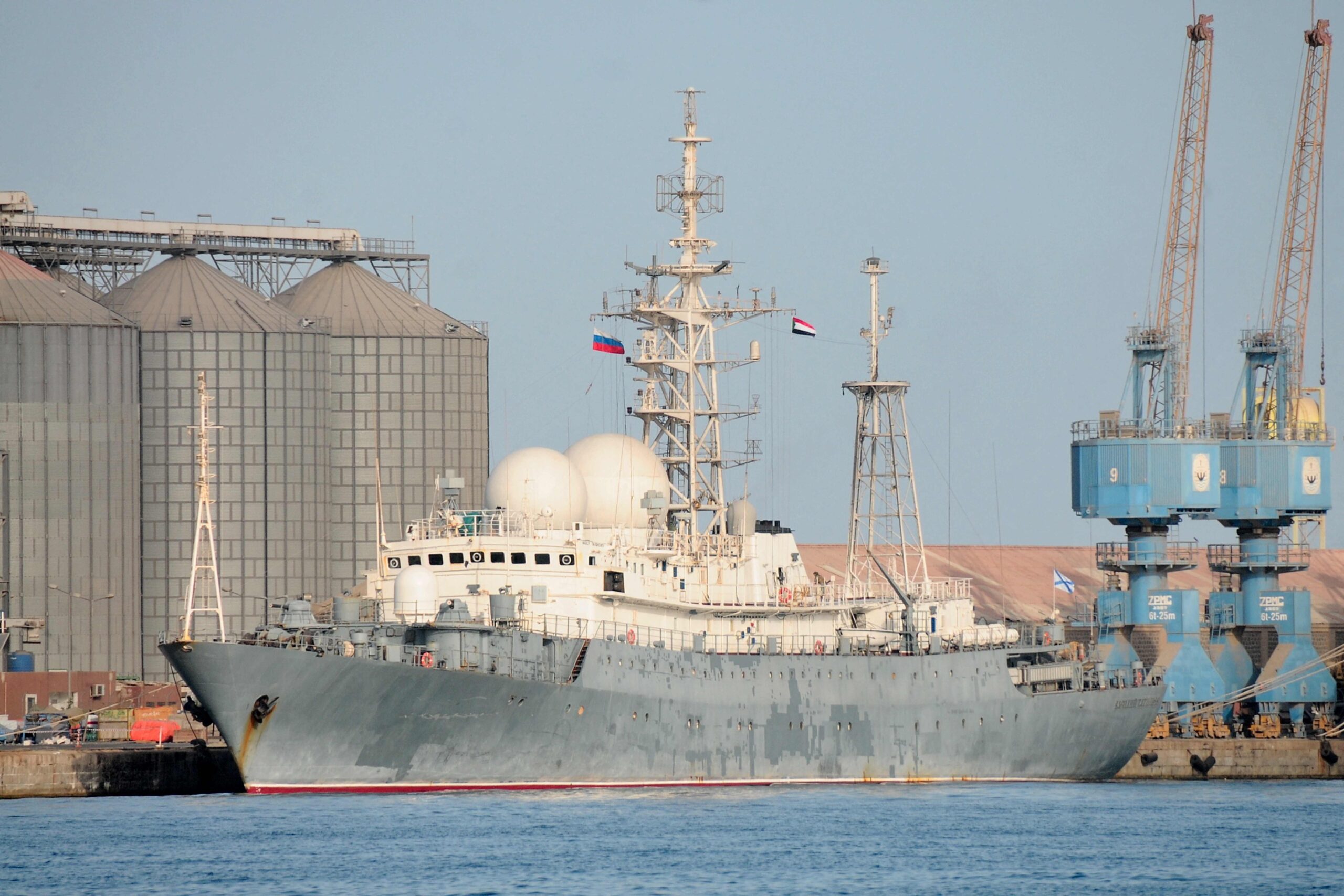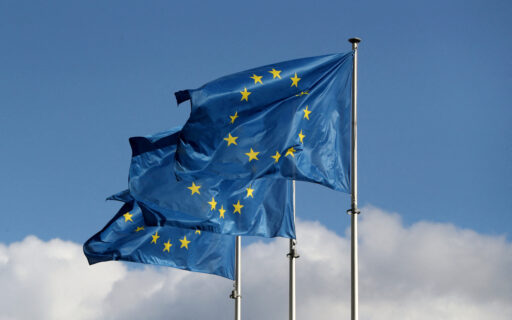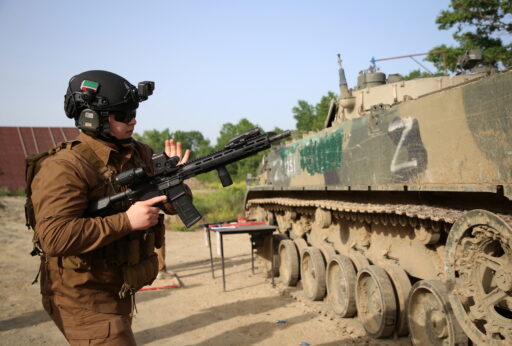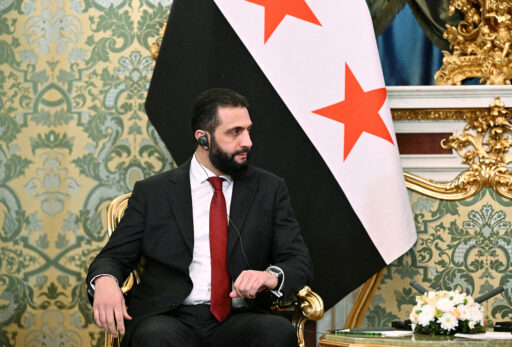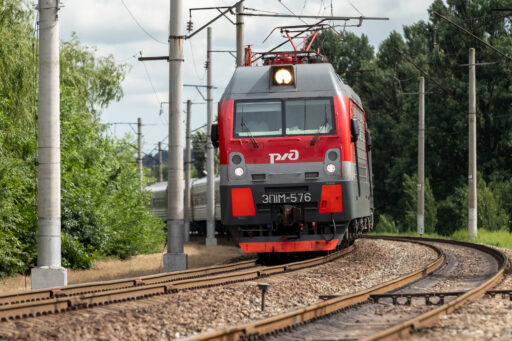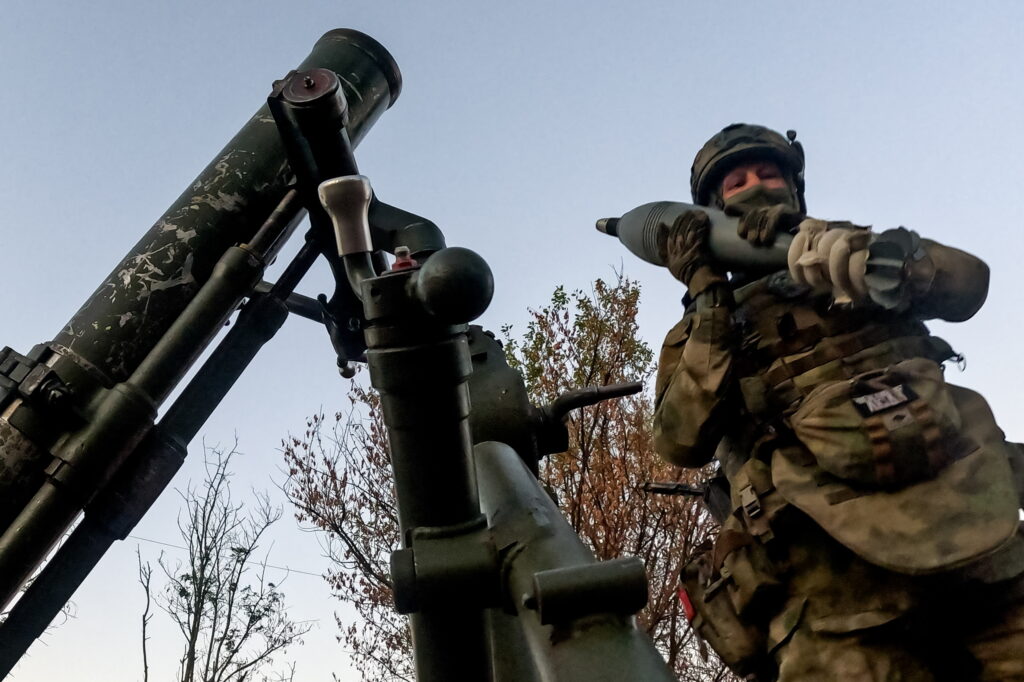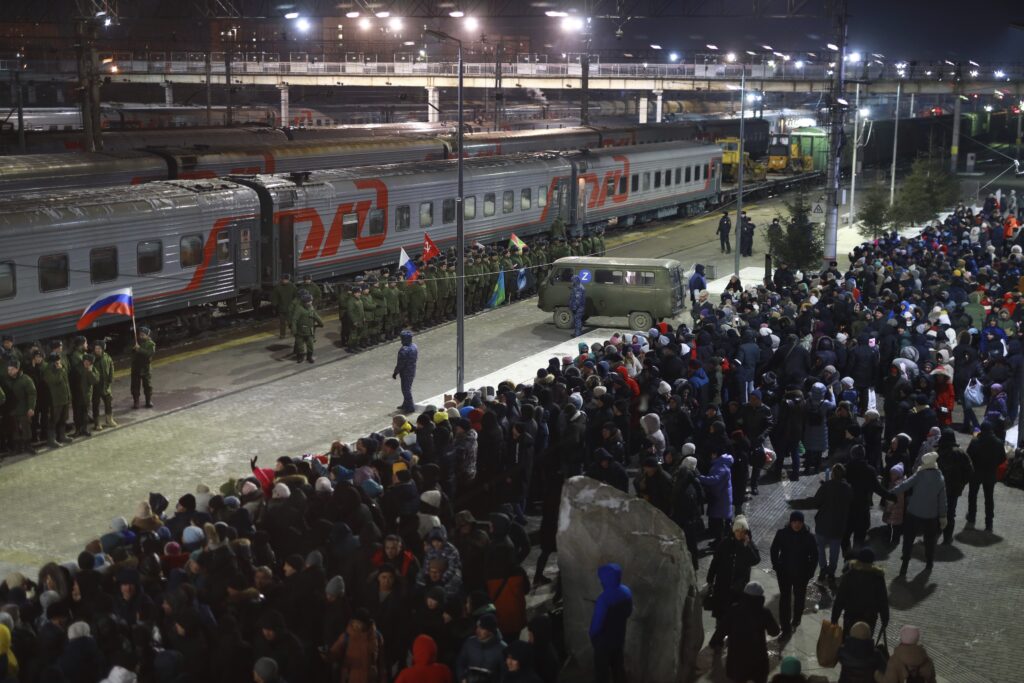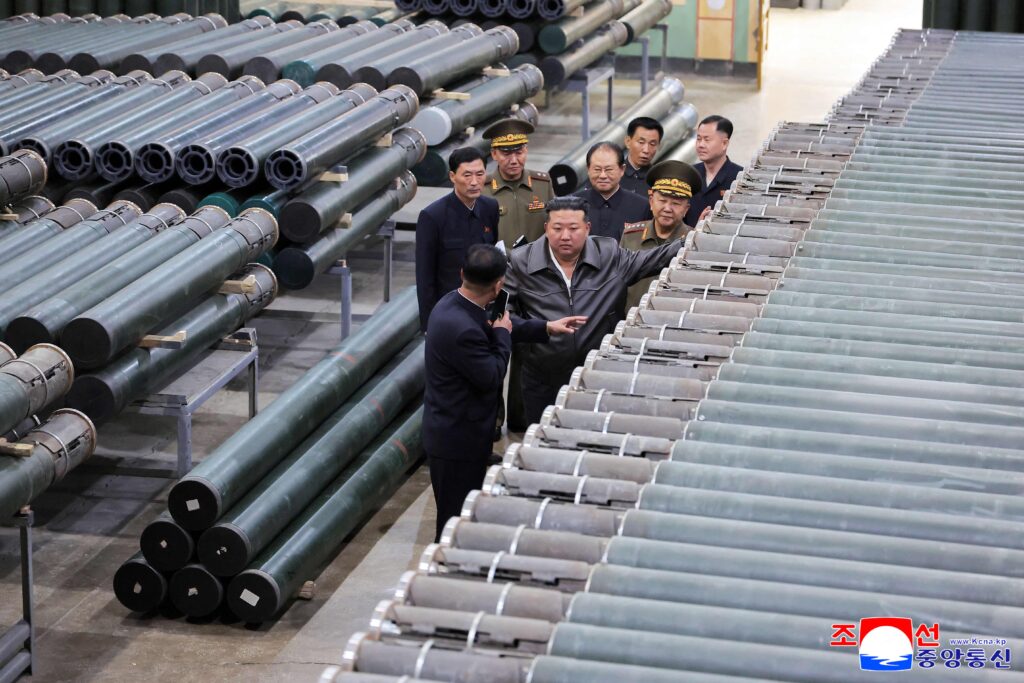«The time has come to restore our navy’s presence.» This was how Vladimir Komoyedov, a retired Russian admiral, former commander of the Black Sea Fleet, and a two-term State Duma deputy, commented in 2020 on the news of the imminent deployment—within three to four months—of a Russian Navy logistics support point (LSP) in Port Sudan.
However, the situation has not progressed since then: Russia has failed to displace the United States in the Red Sea. Moreover, the fate of Russia’s bases in Syria, which were intended to serve as a critical link for supplying the facility in Sudan, is now in question. Thus, it’s unsurprising that a recent statement by Sudan’s minister, claiming that Moscow and Khartoum had reached a mutual understanding regarding the base agreement in Port Sudan, sparked a wave of jubilation among Russia’s ultra-patriotic circles. These groups have yet to stop lamenting the fall of the Syrian dictator’s regime and Moscow’s attempts to negotiate with an opposition that Foreign Ministry officials once labeled «terrorist scum.»
Nevertheless, the Kremlin’s efforts to secure a permanent and official military agreement in the region with anyone other than Assad remain far from realization. Moscow would indeed like to establish a military facility in a country torn by civil war—and right across from Mecca, a city sacred to all Muslims—but this endeavor is fraught with challenges. In the event of any incident, such efforts would not be perceived as stabilizing, as Russian officialdom persistently claims, but as destructive. This is especially true given that the LSP would, by default, host reconnaissance assets and special forces, and Russian intelligence services have already been caught supplying intelligence to Yemen’s Houthis, who terrorize ships, merchant vessels, and cargo carriers in the region.
Negotiating Context
Moscow’s keen attention to Sudan, which began in 2017, bore fruit two years later when, in 2019, Moscow and Khartoum signed an agreement simplifying the entry of military vessels. Russia had previously struck similar deals with many countries, including the defiant U.S. ally Nicaragua. Later, it emerged that the notorious Wagner Group, acting on behalf of Russia’s Defense Ministry, was preparing a more advanced deal—the deployment of a LSP in Port Sudan.
Negotiations began under dictator-president Omar al-Bashir, during whose tenure Yevgeny Prigozhin’s mercenaries started operating in the country. In 2018, al-Bashir flew to Syria to meet Bashar al-Assad, escorted by Russian fighter jets. After his ouster, talks continued, but the harsh terms of the deal, which suited al-Bashir, seemed less appealing to the new authorities, who hoped for significant economic benefits from the potential Russian presence in a region accounting for over 10% of global maritime traffic. In November 2020, Vladimir Putin officially endorsed government plans to establish a naval facility in Sudan, and Russian military personnel began delivering initial shipments. However, by April 2021, Sudan officially announced the suspension of the agreement.
Since then, the issue of Russia’s potential presence in Port Sudan has remained in limbo: periodically, both sides issued optimistic statements, organized high-level visits, sent delegations, and affirmed that «agreements remain in force.» Something concrete from the Sudanese side only emerged after Foreign Minister Ali Yusuf Sharif’s visit to Moscow on February 12, 2025, when he spoke of «mutual understanding» and agreements «on everything.» However, according to media reports, as recently as December 2024, Khartoum had rejected the deployment of a Russian LSP—even with Moscow’s promise to supply Sudanese forces with S-400 air defense systems—before agreeing, provided Russian companies entered various economic sectors, from hydropower to oil field development.
Still, it’s possible this isn’t the end of haggling with Sudanese authorities, given the sluggishness of Russian companies, which, for instance, failed to do anything meaningful with Wagner Group assets after the mercenaries’ final withdrawal from Sudan in November 2023.
Nor should we discount that the idea of building a Russian facility in the Red Sea gained traction during Donald Trump’s previous term. Trump first promised to remove Sudan from the list of state sponsors of terrorism, then extended sanctions after Khartoum made concessions, agreeing to compensate terrorism victims and normalize relations with Israel. The Sudanese then actively used ties with Russia as leverage in dealings with the Biden administration. Before leaving office, the Biden administration imposed sanctions on RSF (Rapid Support Forces) leader Mohammed Hamdan Dagalo (known as Hemedti) and later on his rival in the civil war, army commander Abdel Fattah al-Burhan, who controls Port Sudan. Should Trump revisit Sudan—and U.S. funding for Sudan’s UN humanitarian operations has always been a significant factor—there’s a theoretical chance al-Burhan might again derail agreements with Moscow.
Assessment of Positional Challenges
It’s hard to say whether Moscow, fixated on restoring bases as an essential attribute of a military superpower, initially assessed the risks or simply acted on inertia, relying on paths forged by the adventurous and energetic Yevgeny Prigozhin to African leaders.
First, even before the change of power in Syria and the full-scale invasion of Ukraine, supplying a facility in Sudan was no simple task. Now, it’s even more complex due to uncertainty over the status of bases in Tartus and Latakia and limited options for rotating naval groups, given Turkey’s ban restricting Black Sea Fleet ships. All base defenses—air defense and electronic warfare systems, along with social infrastructure (a hospital block, desalination plants)—can be delivered in two ways. The first is by air to Port Sudan’s airport (20 km from the coast), though cargo tonnage on direct flights without transit stops is severely limited. The second is by sea. However, Russia currently has few long-range naval vessels available, which, under present conditions, must escort cargo ships to avoid a repeat of the Ursa Major freighter scenario, attacked in the Mediterranean in December 2024.
Second, energy supply for the potential LSP is problematic. Its deployment is planned near a city of over half a million people, whose energy depends on a single diesel-mazut thermal power plant with a capacity of 337 MW—insufficient even for civilian needs. Sudanese authorities highlighted this issue, requesting Russia send floating platforms to support the city’s power supply. The Russian facility would need to rely on self-sufficiency via base-installed diesel generators (as at the still-Russian Hmeimim base in Syria), with fuel imported from Russia due to high local petroleum costs.
Third, the agreement’s prior clause allowing Russia to station four ships, including nuclear-powered ones, at the LSP sounds impressive in theory but is impractical. Port Sudan’s infrastructure, and that of the Red Sea generally, isn’t suited for mooring and servicing nuclear submarines. Iran uses diesel-electric submarines in the region, while China, perhaps the only player ready to undertake major dredging, does so at its LSP in Djibouti.
Assessment of the Balance of Power
Moscow likely believes it has correctly gauged Sudan’s developments and backed the right side.
Previously, the Kremlin maintained balanced relations with al-Burhan and Hemedti. In April 2023, Yevgeny Prigozhin even publicly offered to mediate between the warring parties, citing his «longstanding ties to Sudan.» He claimed neutrality, as Wagner had ceased operations there in 2021—a claim Hemedti corroborated. However, some suggest Prigozhin continued supporting the RSF militarily post-2021, possibly even supplying rockets, given their prior involvement in border operations smuggling Wagner gold into the Central African Republic. No hard evidence exists—confusion may stem from Il-76 flights from Libyan bases, often used to transport Wagner units but broadly supporting Libyan warlord Khalifa Haftar, who, despite close ties to Wagner, frequently shifted blame onto Russian mercenaries.
Reports also suggest some Wagner-linked figures remained in Sudan, and Prigozhin, months before his death, allegedly signed a new RSF contract, reassigning Ukraine-extracted units under another PMC’s banner. Wagner-related Telegram channels in 2022 showed footage of Russian mercenaries training Sudanese forces. In 2023, Politico reported that Prigozhin-linked Russian entities not only continued using Sudan for gold smuggling (exported via Khartoum flights or trucked to the Central African Republic) but expanded mining to fund Ukraine operations. In January 2024, Ukraine’s Kyiv Post released a video allegedly showing Wagner fighters detained in Sudan by Ukraine’s Main Intelligence Directorate (GUR).
By 2024, as Russia bolstered infrastructure at Libyan bases, replacing Wagner units with the Defense Ministry-controlled Africa Corps, Moscow’s official stance increasingly favored al-Burhan. This made sense: early in the army-RSF conflict, experts noted Hemedti lacked the resources to seize nationwide power, sufficient only to avoid marginalization and share in resource division.
Moreover, al-Burhan has long enjoyed support from Saudi Arabia and Egypt—key Kremlin partners militarily and economically. The UAE’s position, supplying the RSF via humanitarian aid through Chad’s Amdjarass airport, is weaker, as Abu Dhabi and N’Djamena deny military support, though it’s widely known Chadian ruling clan forces fight for the RSF, paid by Emirati entities.
In late January 2025, Sudan saw a major shift favoring the official government: military developments allowed al-Burhan to return to his Khartoum headquarters, abandoned in August 2023 due to RSF clashes. Yet Hemedti is far from defeated. He’s intensified political efforts, signing the «Sudan Foundational Charter» in Nairobi with opposition groups, establishing a parallel government covering not just RSF-held areas but the entire state. Thus, Sudan’s war remains unresolved, making it premature to say Moscow has bet on the winner.
Support or Competition
The Kremlin likely views the regional context around Sudan’s civil war positively. It may not mind that Libyan warlord Khalifa Haftar, on whose territory Russia is building bases (Al-Khadim, Al-Jufra, Al-Gardabiya, Brak al-Shatti, and Matan as-Sarra), heavily backs the RSF. Meanwhile, Egypt, which consistently supports al-Burhan and has reportedly bombed RSF targets, maintains close ties with Haftar in Libya. Egypt has recently shifted from solely backing Haftar’s family to engaging Tripoli rivals. Regional players, adept at local intrigue, can maneuver where Moscow—lacking a broad toolkit—may struggle.
According to The New Arab, Egypt—not the West—expresses the greatest concern over Sudan’s renewed rhetoric of rapprochement with Moscow. Cairo wields significant influence in Khartoum and, despite growing ties with Moscow, opposes formal Russian military facilities near its borders and interests.
For now, the situation favors the Kremlin, aligning it with Tehran and Ankara—frequent partners in barter deals. Iran and Turkey also seek military facilities in Sudan. Bloomberg reports suggest Iran and Russia are coordinating to secure firm deals with al-Burhan, offering drones and intelligence. Turkey denies military plans, claiming it only seeks to refurbish Suakin port as a tourist hub for hajj pilgrims. Yet this pretext would clearly let Ankara project power abroad, alongside its bases in Qatar and Somalia.
Another Civil War Intervention
By analogy, the RSF somewhat resemble Wagner—initially created and long controlled by military intelligence (GRU), then emboldened by Prigozhin’s state contracts to «march» on Moscow. The RSF weren’t an institutionalized force, though funded by Sudan’s government and deployed to Yemen with official sanction. Hemedti’s Yemen involvement boosted funding and independence, reducing accountability. His family’s El Junaid gold mining company expanded into construction, metallurgy, investments, and car rentals.
Before the 2023 war, the RSF, with UAE and Saudi support, amassed military gear and trained in Yemen, UAE, and Eritrea camps. Now, its «financial department,» run by Hemedti’s family and inner circle, manages spending and recruits active and retired soldiers. Many RSF fighters are tribal militia recruits—poorly trained and barely proficient with small arms.
Al-Burhan brands the RSF terrorists, but Moscow can’t credibly use its usual «fighting terrorism» narrative in Sudan. Such attempts might occur, given Russian Defense Ministry messaging, but would seem odd and naive—al-Burhan’s army includes genuine Islamist groups like the Al-Bara bin Malik Brigades, Al-Bunyan Al-Marsus battalions, and Al-Furqan. If agreements materialize, Moscow would benefit more from a Chinese-style LSP—quietly bolstering economic operations in Africa with military means. Yet it’s doubtful the Kremlin could resist saber-rattling and avoid drawing undue attention to its facility.
